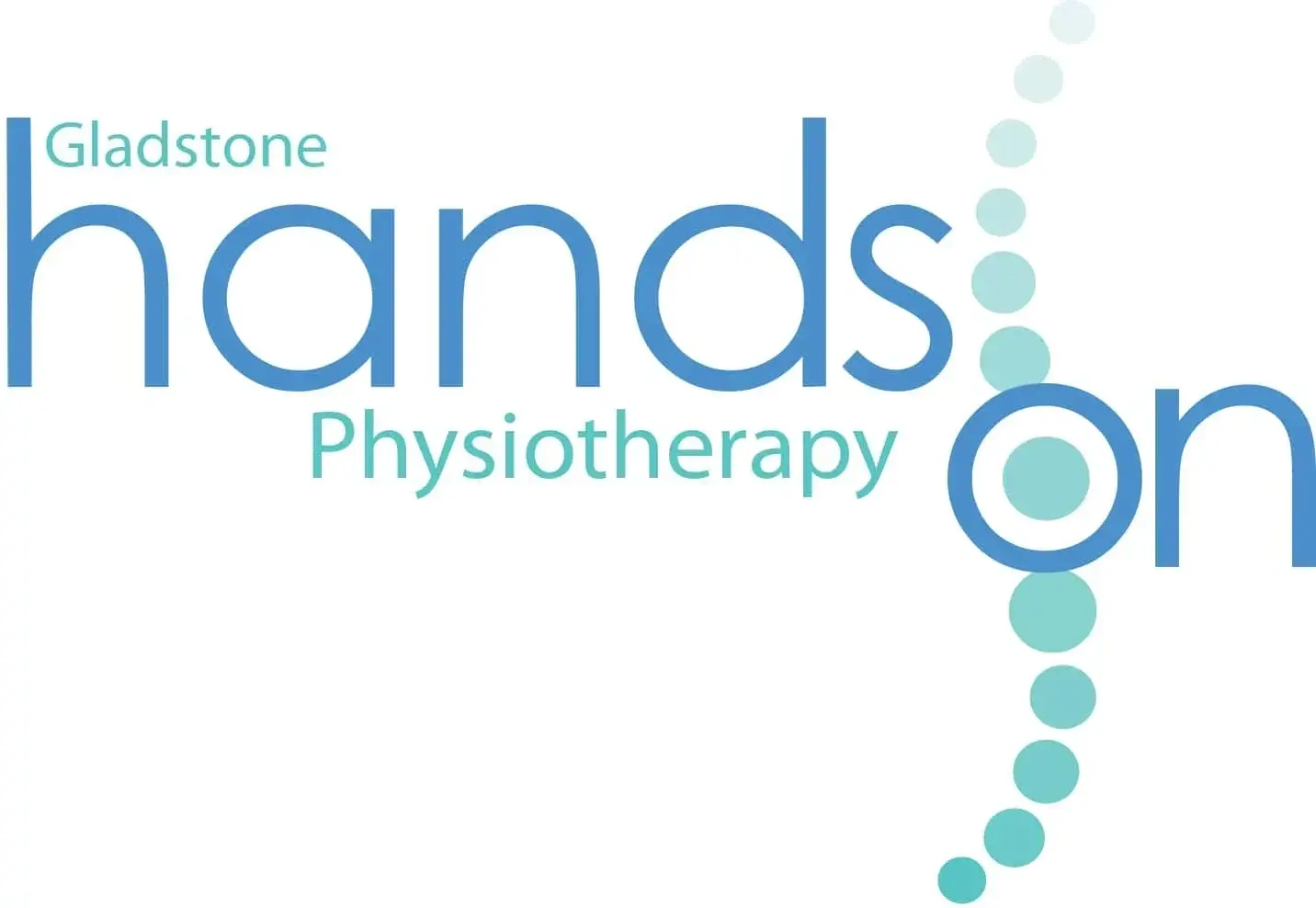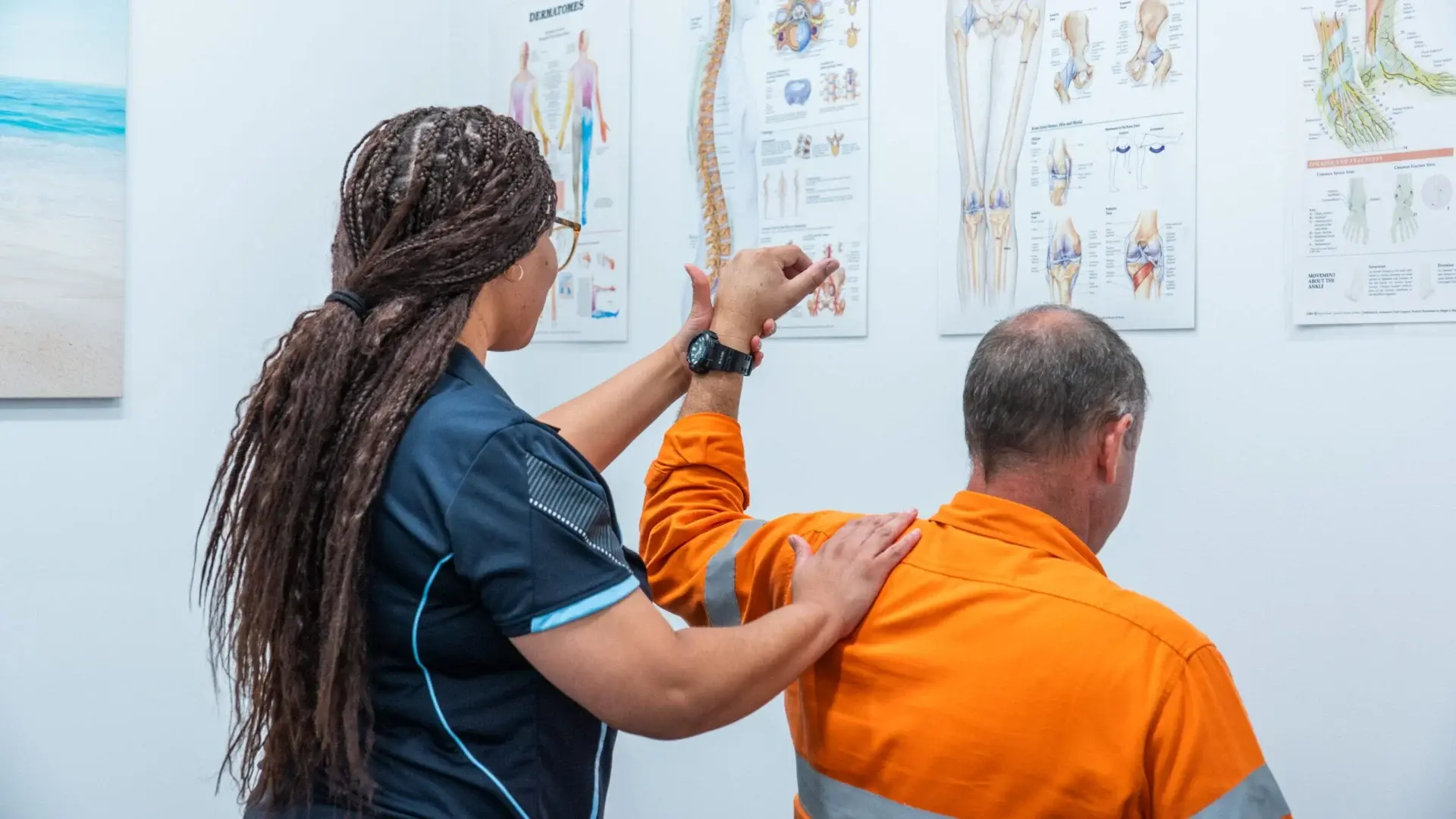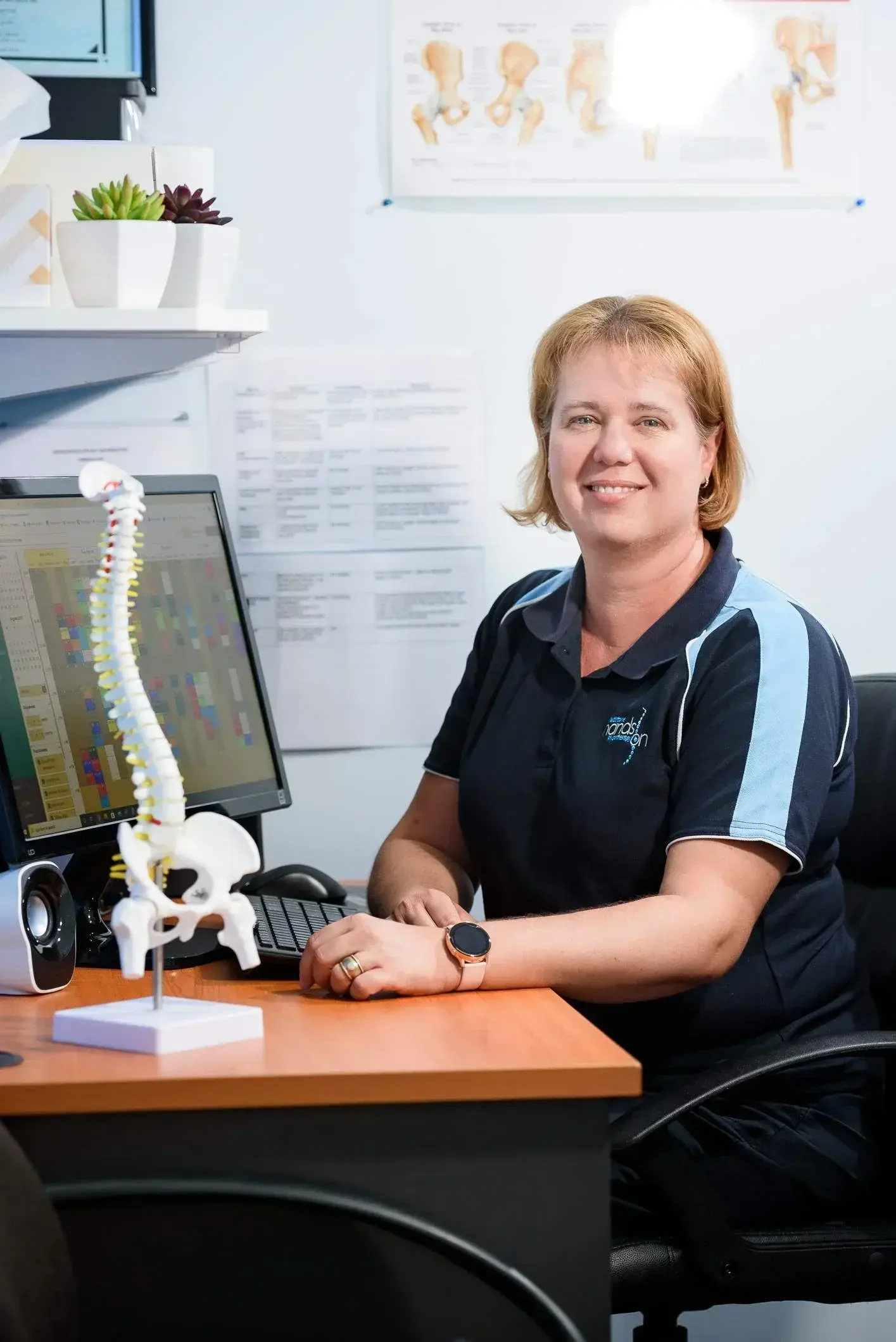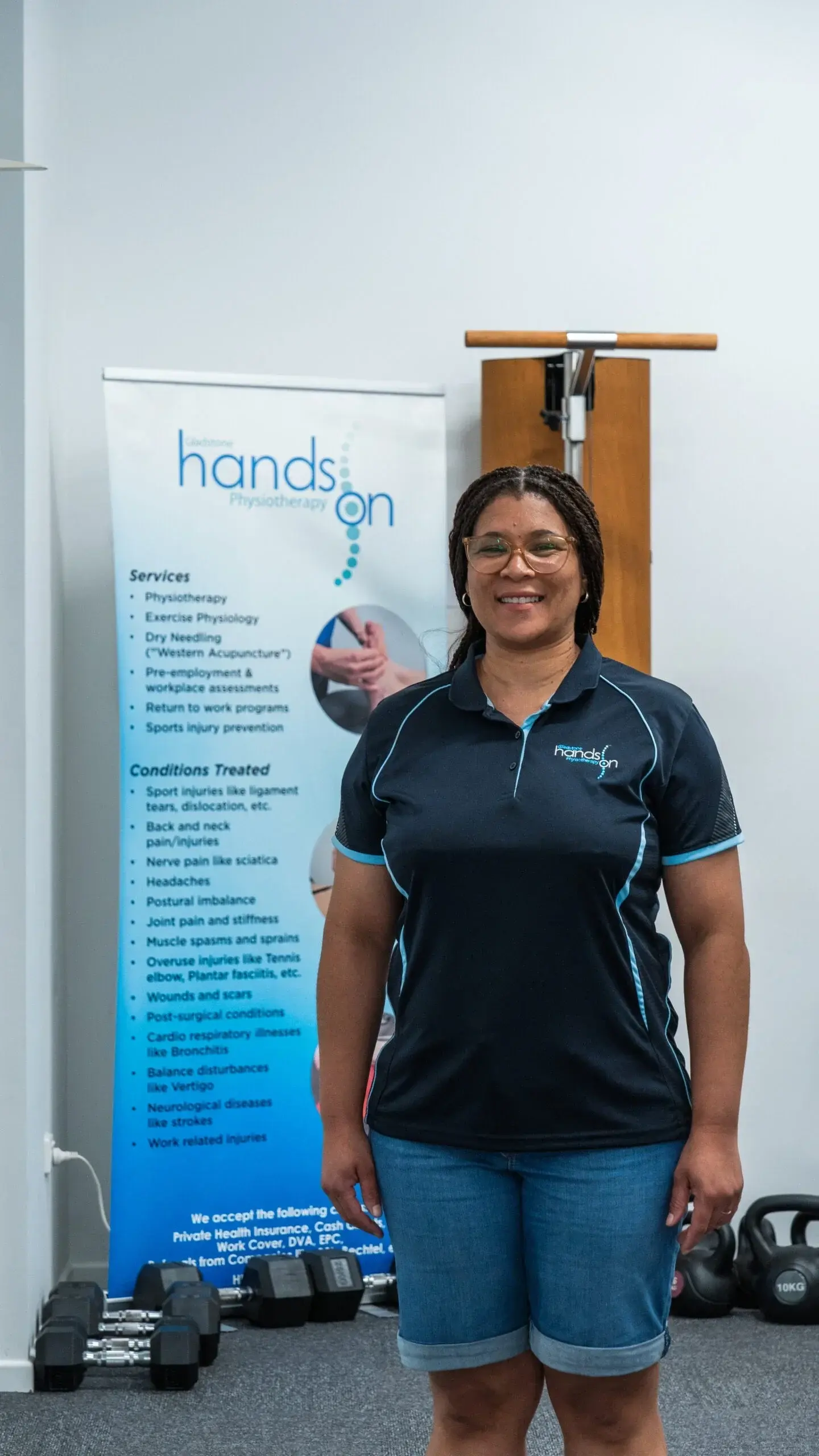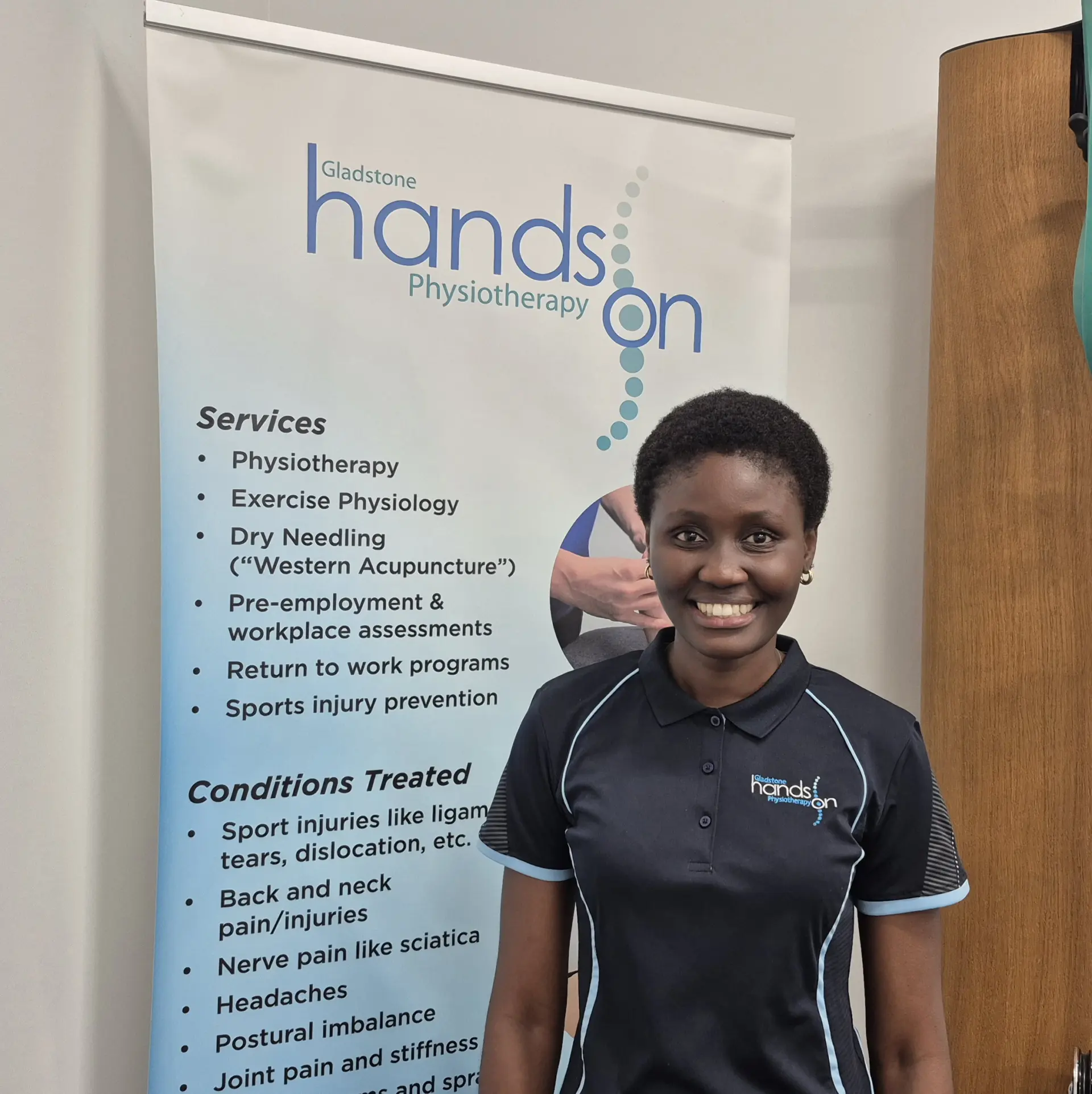Joint Mobilisations can be performed on any joint within the body to relieve stiffness of the joint and overlying muscles. There are a variety of techniques that can be used for example Mulligan, Maitland, etc. Mobilisations are usually performed in a slow and controlled manner and are different to manipulations where the force is applied very quickly.
Joint mobilisations are commonly used for the following conditions:
- Wry neck (stiff neck where you are unable to turn a certain direction)
- Low back pain
- Shoulder problems
- Jaw or TMJ issues
- Hip pain
- Knee pain
- Ankle sprains
- Plantar fasciitis
- After prolonged immobilisation of joints (for example when you have had a cast on)
What is the difference between joint mobilisation and joint manipulation?
Mobilisations are usually performed in a slow and controlled manner and are different to manipulations where the force is applied very quickly.
What are the effects of joint mobilisations?
Joint mobilisations aid in increasing the blood flow within the joint and moving the joint surfaces over each other to promote nutrition to the cartilage. This leads to a reduction in pain, improvement in joint range of motion and better quality of movement for the specific joint.
Why do joints stiffen or lock up?
Joints become stiff for various reasons. When you get older, your cartilage dry out and becomes less flexible leading to stiffness in the joint. The fluid around the joint also gets thicker with age and can lead to joints becoming stiffer. Joints also stiffen up due to prolonged immobilization or being in one position for a long time.
